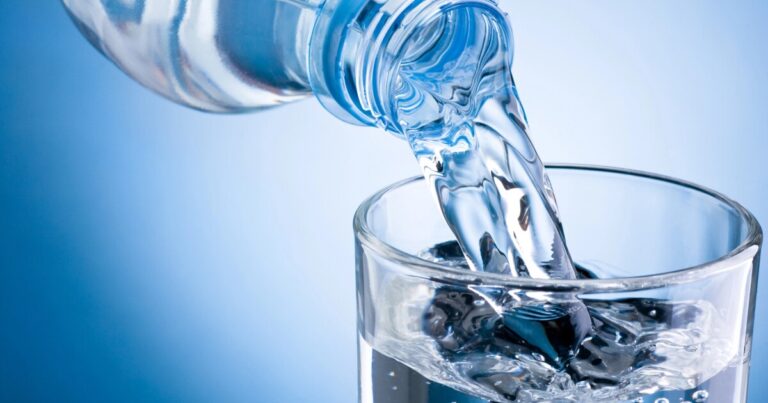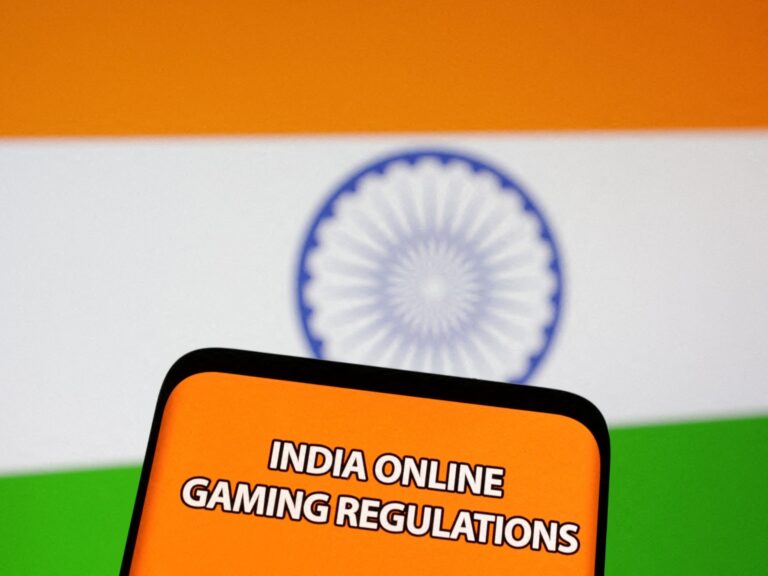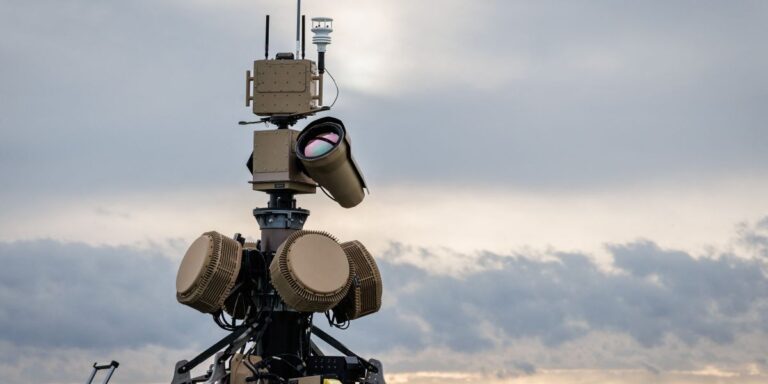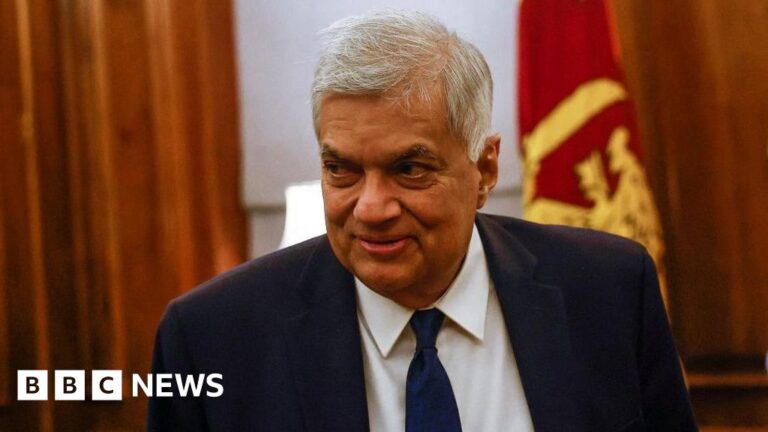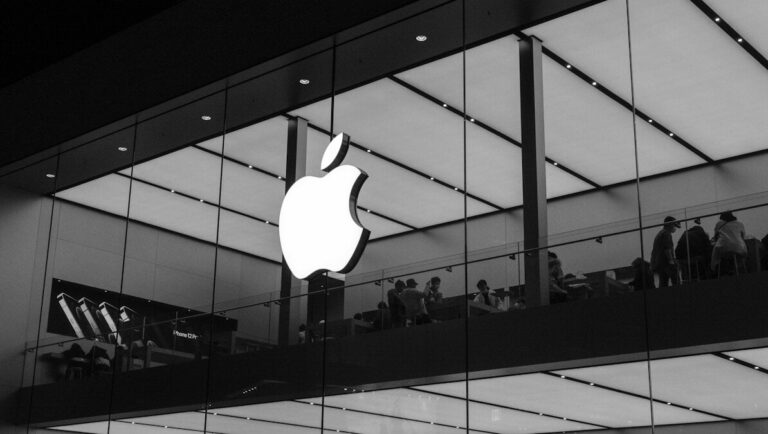It’s common advice to drink more water for energy, appetite control and clearer skin – but researchers have now demonstrated that hydration plays an even deeper role in health. It influences how our bodies react, hormonally, to stress, keeping cortisol in check and in turn lowering the risk of many serious health conditions. It’s the first study to show that fluid intake influences cortisol reactivity to stress.
Liverpool John Moores University (LJMU) scientists, investigating whether water influenced stress hormone levels, found that adults who habitually drink less fluid mount a far stronger cortisol response to stressful situations than those who drink plenty – even when other factors, like elevated heart rate and feelings of anxiety, remained fairly uniform.
“Cortisol is the body’s primary stress hormone and exaggerated cortisol reactivity to stress is associated with an increased risk of heart disease, diabetes and depression,” said lead researcher Professor Neil Walsh, a physiologist at LJMU.
Using a UK health database, researchers screened 100 healthy men and women aged 18–35 years, selecting 32 who fell into either the lowest or highest 25% of fluid intake. Those in the “low” group drank an average of 1.3 liters per day, while the “high” group had an intake of a average of 4.4 liters daily. Importantly, both cohorts were otherwise well matched for age, sex, sleep quality, anxiety levels and other factors known to affect stress responses.
After a week of monitoring their usual intake with smart bottles and fluid diaries, the volunteers returned to the lab to take part in the Trier Social Stress Test, which mimics a nerve-wracking job interview where participants give a speech and perform mental arithmetic while being observed. The test is designed to trigger a fairly uniform stress response, allowing scientists to measure psychological and biological reactions in a controlled way.
Researchers also measured urine color and osmolality (for water concentration) and levels of plasma copeptin, a stable by-product of the hormone vasopressin. Vasopressin helps conserve water in the body but also stimulates the release of adrenocorticotropic hormone (ACTH) which in turn drives cortisol release.
And this is where things get interesting. Cortisol, very well known as the “stress hormone,” is secreted by the adrenal glands as part of the body’s fight-or-flight response. While a moderate, short-lived hormone surge is healthy and potentially critical when faced with real dangers, exaggerated or chronic cortisol release has been linked to weight gain, diabetes, cardiovascular disease and a weakened immune system.
Endocrinologists aside, most of us probably haven’t considered that water intake and stress hormones are even linked, let alone intrinsically connected.
The researchers found – and this was expected – that the low-intake group consistently showed signs of poorer hydration – darker urine, more concentrated urine and higher copeptin levels. But the striking result came after the stress test.
Both groups reported feeling equally anxious and showed similar heart rate elevation during the mock interview. But their cortisol responses diverged sharply. Across the high-intake group, cortisol levels remained normal among men and women, but for those who didn’t drink a lot of water, their cortisol levels spiked and stayed significantly elevated for 30 minutes after the test.
“Both groups felt equally anxious and experienced similar increases in heart rate during the stress test,” said Daniel Kashi, a researcher at LJMU. “However, only the ‘low fluid’ group showed a significant increase in saliva cortisol in response to the stress test.”
Participants who drank less water had 55% – or 1.55 times – more cortisol in their saliva than those who consumed a lot of H2O. In the low-intake group, cortisol rose by an average of 6.2 nanomoles per liter, compared with 4.0 nmol/L in the high-intake group. Statistically, this effect was large, meaning the gap was not just scientifically significant but biologically meaningful. Even more compelling, cortisol reactivity was tightly correlated with hydration measures: People with the most concentrated urine had the biggest cortisol surges.
Participants with a morning urine color of four or higher, on the standard eight-point chart that measures hydration, had roughly double the cortisol increase compared to those with lighter urine.
These results suggest that if you’re habitually not getting enough water each day, your stress system may be primed to overreact in daily life. Over time, chronic cortisol spikes can contribute to the development of abdominal obesity, diabetes, or cardiovascular disease. Similarly, low water intake is also linked to a higher risk of developing these conditions.
“Although the low fluid group did not report being thirstier than the high fluid group, they had darker and more concentrated urine, clear signs of poor hydration,” said Kashi. “An important observation was that poor hydration was associated with greater cortisol reactivity to the stress test. Exaggerated cortisol reactivity to stress has been associated with poor long-term health.”
The hormonal pathway linking hydration, as noted earlier, isn’t a direct one from water to cortisol. When you’re under-hydrated, your body releases more vasopressin to help the kidneys conserve water. But vasopressin also stimulates the pituitary gland to release ACTH, the messenger hormone that triggers the adrenal glands to pump out cortisol. So if you’re consistently under-hydrated, your vasopressin system is more active, and that dials up your hormonal response to stress.
Participants with more copeptin in their blood also showed stronger cortisol surges. The low-intake group had significantly higher copeptin on Day 7 before the stress test (average 5.5 pmol/L) and then following it on Day 8 (8.5 pmol/L) than the high-intake group on those respective days (3.4 pmol/L and 3.0 pmol/L)
Higher copeptin in the low-intake group showed that their vasopressin system was already primed due to lower hydration. When they undertook the mock interview, it translated into a much larger cortisol spike compared to well-hydrated participants.
So how much water should you be drinking to keep your stress hormones in check? For adults in the US, the National Academies of Sciences, Engineering, and Medicine recommends 3.7 L (about 15.5 cups) per day for men, and 2.7 L (11.5 cups) for women. Interestingly, this is higher than the recommended daily water intake in Australia (2.6 L for men, 2.1 for women), Europe (2.5 L for men, 2.0 for women) and the UK (a more broad “six to eight cups”).
Naturally, factors such as climate, age, physical activity level and other health conditions will affect these figures, but they serve as a general guide. While the research shows, for the first time, the real-world impact of water intake on stress hormones, the team also pointed out that getting enough H2O each day could make you better equipped to deal with life’s daily challenges, too.
“Being hydrated may help your body manage stress more effectively,” said Kashi. “If you know, for example, that you have a stressful schedule, maybe a looming deadline or a speech to make, keeping a water bottle close could be a good habit with potential benefits for your long-term health.”
It’s worth noting that the study didn’t directly test whether increasing water intake would calm stress hormones. Further research, such as randomized trials, will help us better understand this water-hormone connection and whether changing hydration habits can reduce chronic cortisol reactivity.
The study was published in the Journal of Applied Physiology.
Source: Liverpool John Moores University via MedicalXpress


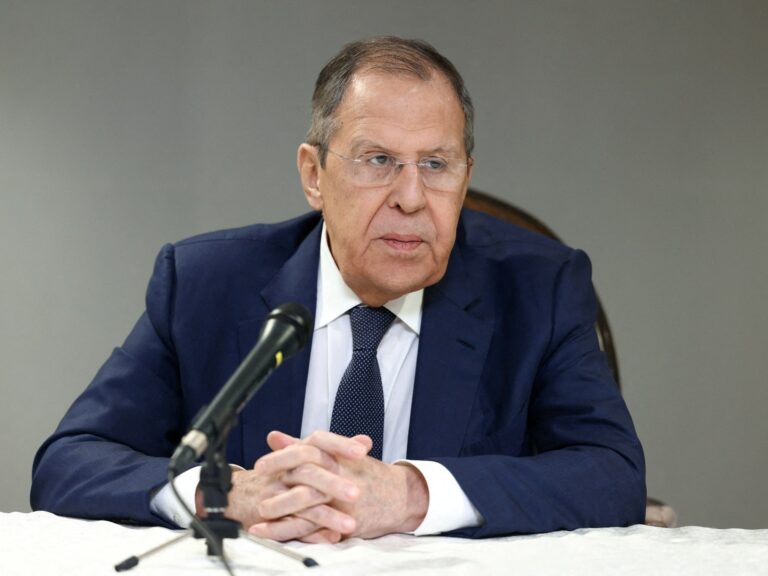
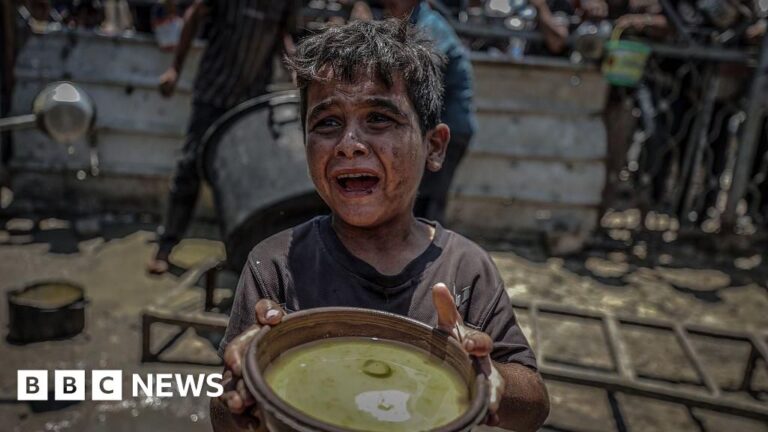



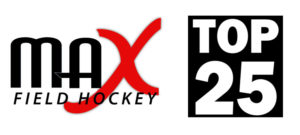 2025 HIGH SCHOOL PRESEASON
2025 HIGH SCHOOL PRESEASON